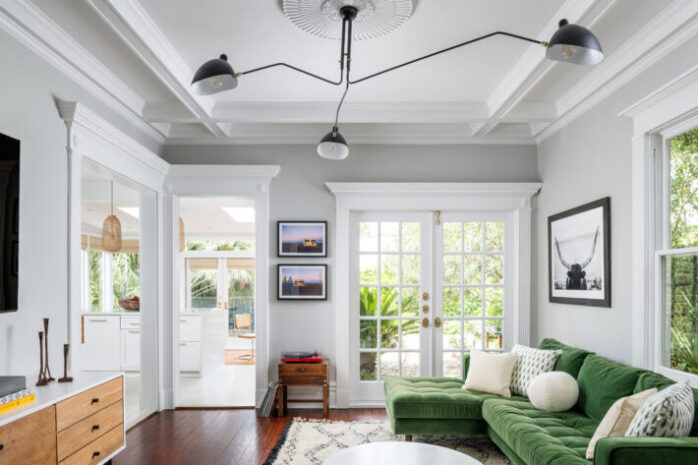
2020 was the year we all stayed home, but 2024 is the year we can all truly appreciate the precious time in our houses as we’re able to invite in more of those we love. Yet as the world emerges from the depths of a global pandemic, it’s fair to say that most people’s finances aren’t in the best possible state. Furloughs, mass redundancies, and pauses to business have affected millions of the population. However, things being a little tight doesn’t mean you can’t invest in your living space.
While many stores charge a lot of money for new home items, there’s a lot to be said for giving your rooms a thrifty facelift. These seven budget home makeover tips can help you reinvent your home without breaking the bank, so read on for more!
1. Get arty with a gallery wall
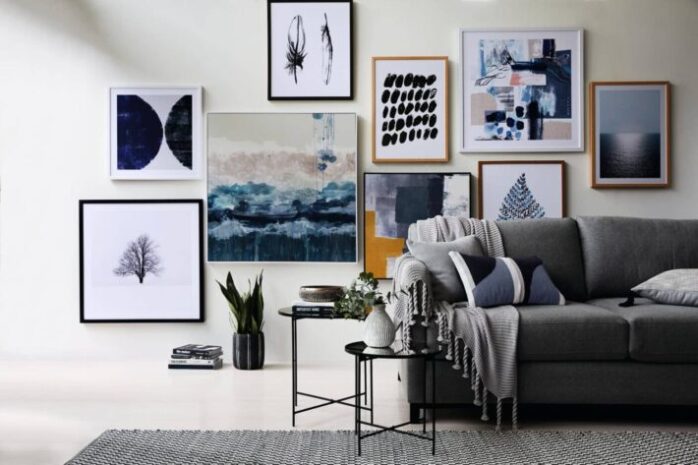
Hanging art and photos on a wall can transform a space and really give a new focal point to a room. You don’t need to spend big on fancy frames or expensive art but instead can start a gallery wall on next to nothing. Picture rail hanging systems can be bought cheaply on this website, and most homeware stores now offer frames in plastic or other lightweight materials that cost considerably less than the metal and wooden options traditionally available.
When we think of ‘art’ to hang on walls, we often consider pieces bought at auction but that’s rarely now the case. Pieces can be bought from independent artists in galleries and online, but many websites now offer downloads of prints that you can print at home yourself for a fraction of the price of hard copies. What’s more, you can mix it up with the likes of canvases, embroidery pieces, and posters to create a unique gallery wall.
2. Go green
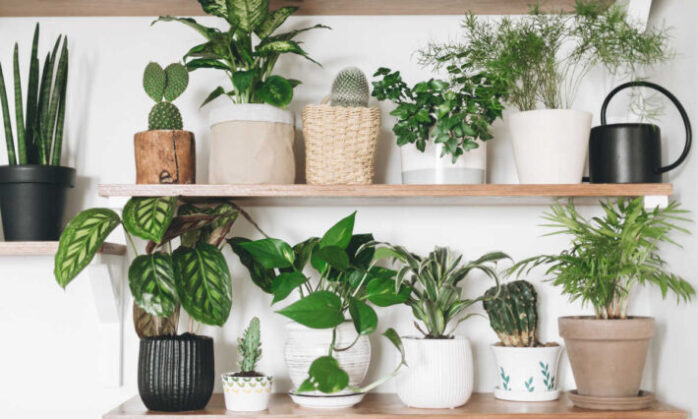
Bringing the outside in and introducing houseplants is not just aesthetically pleasing to the home, it could also be beneficial to your health. Evidence suggests that indoor gardening lowers stress, sharpens attention, and can make considerable improvements to interior air quality.
Houseplants can be bought cheaply from a variety of places including supermarkets, and most need minor attention. What’s more, as their growth potential is limited (with most types), small and novelty pots can be used for plants inside.
3. Paint a statement wall
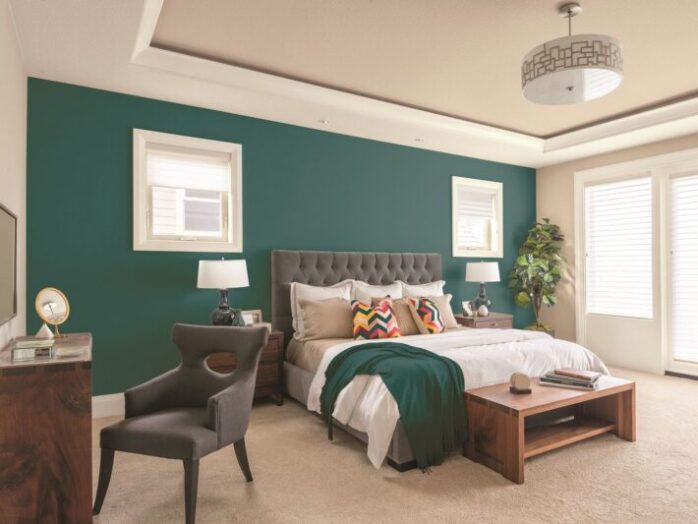
In a room coloured with a neutral scheme, painting a single wall in a bright or bold hue can shift the whole focus and feel. A statement wall can also be achieved with patterned wallpaper – you can even do this with free samples if the wall is small enough.
In rented homes where you might not have permission to paint, using adhesive wall stickers to create a design can be a great look.
4. Sort into a storage system
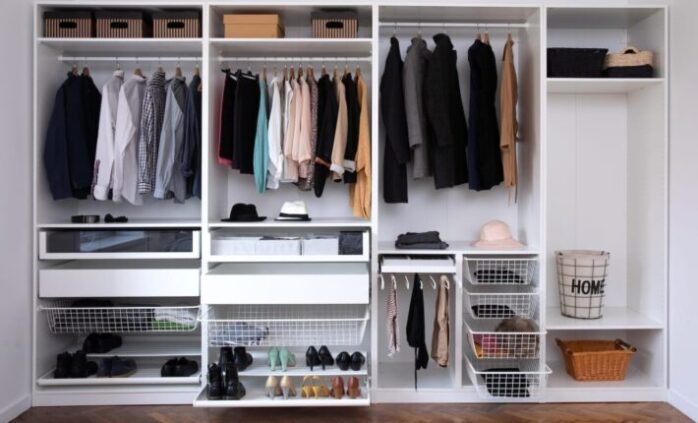
Marie Kondo and Mrs Hinch have taken the world by storm, and introducing a proper storage system into your home can shift your orderliness alongside your aesthetics.
Small plastic buckets and baskets can be bought cheaply from low-cost hardware and homeware stores and, when labelled, make cohesive sorting systems for smaller items. Why not buy them in two separate colours and stack them together for a striking colour block look? Larger storage options, such as ottomans or stools, can double up as somewhere to sort your clutter as well as providing extra seating.
5. Add in coloured accents
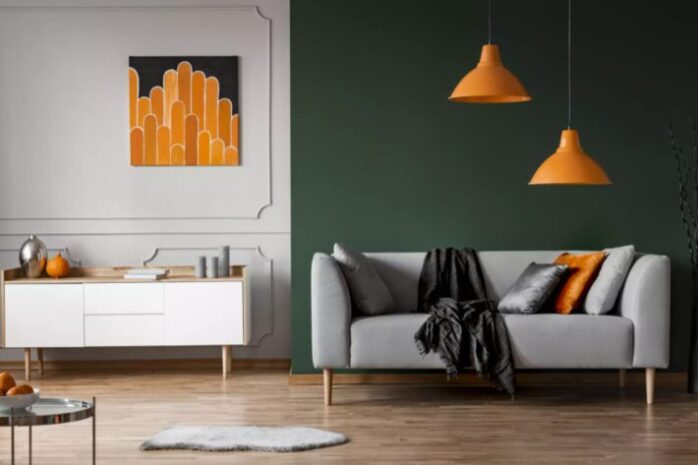
Rooms themed with neutral or black and white colour schemes can be brightened and changed up by introducing colour accents that either clash or compliment.
Yellow accents in a room decorated with shades of grey have long been a favourite amongst interior designers, but how about a lime green or soft tangerine to extend the vibrant citrus feel? Adding in fluorescent touches can give a bold cosmopolitan look, and bright colour ‘popping’ amongst neutrals can uplift interiors. Think red with white, hot pink with creams and caramels, or a pastel green amongst dark woods.
6. Upcycle furniture
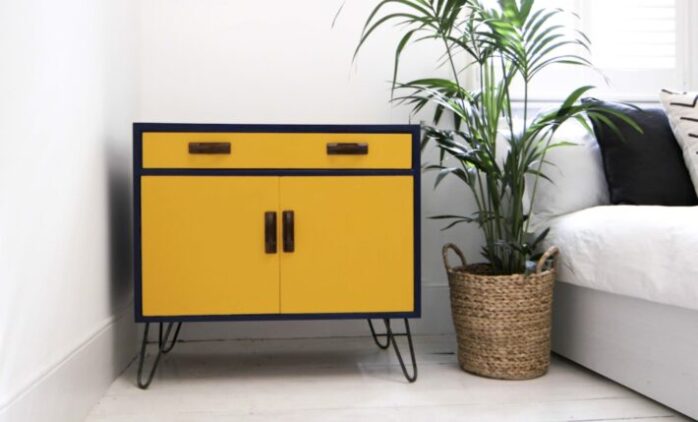
Buying furniture can be an expensive upgrade, particularly if you need more than one piece at once. Although the internet now offers a whole range of second-hand and vintage finds at reasonable prices, the cheapest choice of them all is to stick with what you already have.
Upcycling involves revamping furniture you already own and transforming the way it looks. This can be done through painting, upholstering or adding in new details or decorations. If you don’t already have pieces you like, consider sourcing some that would otherwise go to waste – these can often be found for free online. Plenty of inspiration can be found through the likes of Instagram and Pinterest, covering everything from dining tables and basic chairs to sideboards and headboards. Why recycle when you can revamp and reuse?
7. Shop thrifty
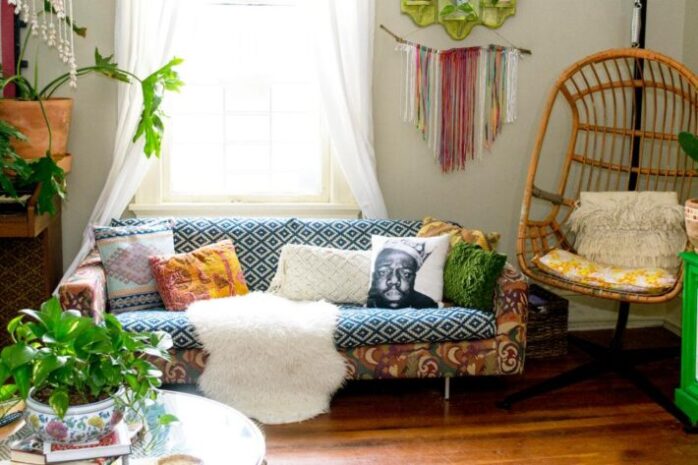
Many of us run straight out to the nearest hardware or homeware store when we redecorate but the advent of social media, combined with the fact that shops have been shut for so long through the last 18 months, means that consumer shopping habits have undeniably changed.
The internet provides lots of new shopping options for home items including Facebook Marketplace, Gumtree, and eBay. These all offer a whole hoard of low-cost second-hand homeware that comes in at considerably cheaper than anything you’d find on the high street or through a furniture specialist. Shopping thrifty is no longer the difficult job it used to be, searching through reams and reams of junk before finding a hidden gem – now those gems can be spotted and sold in just a few clicks of the mouse. It makes sense to shop smarter, not harder.
Making over your home can be done as often or as little as you like and can be done on a budget if you’re clever about it. Mix and match or change it up whenever you like if you come across a new thrifty find. You might also develop the decorating bug as, once you learn the ropes and get in the habit, you’ll soon be spotting interior design goodness and inspiration everywhere you go!











